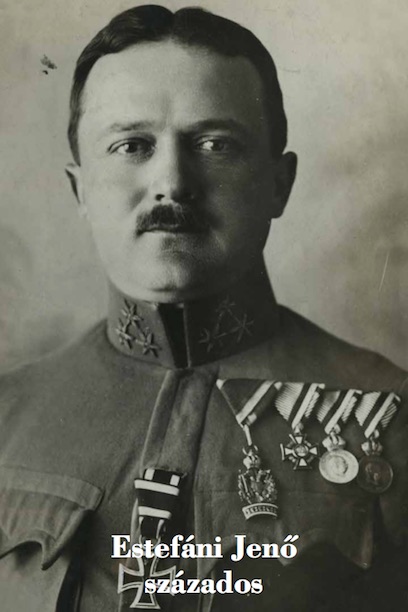Attempts at transforming European societies and the threat of a communist world revolution posed a serious challenge to European states.
Revolutions erupt when the old order is already dead, unable to defend itself and devoid of the strength needed to survive. With the Bolshevik’s seizure of power in 1917, Russia became the first European country in which a start was made on implementing the new world envisioned by Lenin and Trotsky. Following Marx’s instructions, the followers of the communist ideal built their image of the future on collective rights, the class struggle, and the promise of social justice and complete social equality. As they sang in their anthem – The Internationale – communists wanted to permanently erase the past, and therefore saw the nation state – built on traditions stretching back centuries, or even millennia – as their principal enemy. In a spirit of internationalism, they made several attempts at introducing the dictatorship of the proletariat (Berlin in November 1918; Hungary in March 1919; Bavaria – April 1919), but only in Russia did their creation prove to endure. Fascism in Italy and National Socialism in Germany bore similarities to communist- style revolutions – with the notable difference that they rejected internationalism and laid special emphasis on their national character. In Italy Benito Mussolini rose to power in 1922 and then consolidated his rule, while in Germany in November 1923 Hitler failed to seize power in the Beer Hall Putsch.
◆
„Everywhere men who would have been regarded as shady adventurers before 1914 had acquired power."
H. G. Wells
„A merciless terror must be employed."
V. I. Lenin
„Our myth is the Nation and the greatness of the Nation."
Benito Mussolini
„Your time is over. From now on, your place is on the dung heap of history."
Leon Trotsky
„No, we do not forgive: we demand vengeance!"
Adolf Hitler
„No one should be spared. They should be hanged, my comrades."
Béla Kun
„Socialism means brutally sweeping away the ruling class."
Rosa Luxemburg
„The proletariat at the factories loudly shouted: ‘Down the dictatorship!’"
Béla Kun
Sándor Ék: Béla Kun Addresses the Workers (oil on canvas)
György Konecsni: Volunteering for the Red Army (oil on canvas)
István Balázs: Tibor Szamuely (patinated plaster cast)
István Balázs: Aurél Stromfeld (patinated plaster cast)
Árpád Somogyi: Béla Kun (patinated plaster cast)
B. Farkas: Blacksmiths (cast bronze)
György Kolozsvári: Marx and Engels (charcoal on paper)
(Hungarian National Museum)
Franz Joseph’s death was felt as a tragedy by his contemporaries.
The military casualties of the war numbered 10 million dead and 21 million wounded.
The victors invoked the principle of “national self-determination”, but their decisions bore no trace of this.
After World War I the United States took over the leading role in world politics from Europe.
The continent’s victors and vanquished alike faced similar problems: everyday life was overshadowed by social unrest and economic hopelessness.
In three devastating waves, the pandemic killed over twenty million people: more than twice the number of soldiers killed in the war.
The organisation founded at President Wilson’s initiative was the first attempt at peaceful resolution of the world’s conflicts.
Violence and intimidation were from the very start the essence of communist dictatorships.
Attempts at transforming European societies and the threat of a communist world revolution posed a serious challenge to European states.
“Divide and rule!” The victors redrew the world map in a way that would possibly perpetuate ethnic and religious conflicts.
The dissolution of the Austro-Hungarian Monarchy plunged the Kingdom of Hungary into its deepest crisis since the Ottoman occupation.
Tisztelt Látogató!
A kommunista vezetőket bemutató adatbázisunk az 1989-ben megjelent Segédkönyv a politikai bizottság tanulmányozásához című kötet online változata.
A jelenleg 532 életrajzot, 6902 kronológiai adatot, valamint 990 bibliográfiai tételt tartalmazó digitális adattár folyamatosan bővül, így a Kommunizmuskutató Intézet megkezdi az állampárti diktatúra többi irányító szervezetére, azok képviselőire vonatkozó adatok összegyűjtését és publikálását.
A több évet igénybe vevő kutatómunka eredményeképp bemutatjuk majd a korszak parlamenti képviselőit, az Elnöki Tanács, a Minisztertanács, a Szakszervezetek Országos Tanácsa, a Hazafias Népfront, valamint a KISZ Kb stb. vezető testületeinek tagjait.
Tovább